We know that earlier cancer diagnosis leads to better survival rates, but we aren’t using the data we already have to guide faster testing and treatment, says a Universityof Melbourne expert
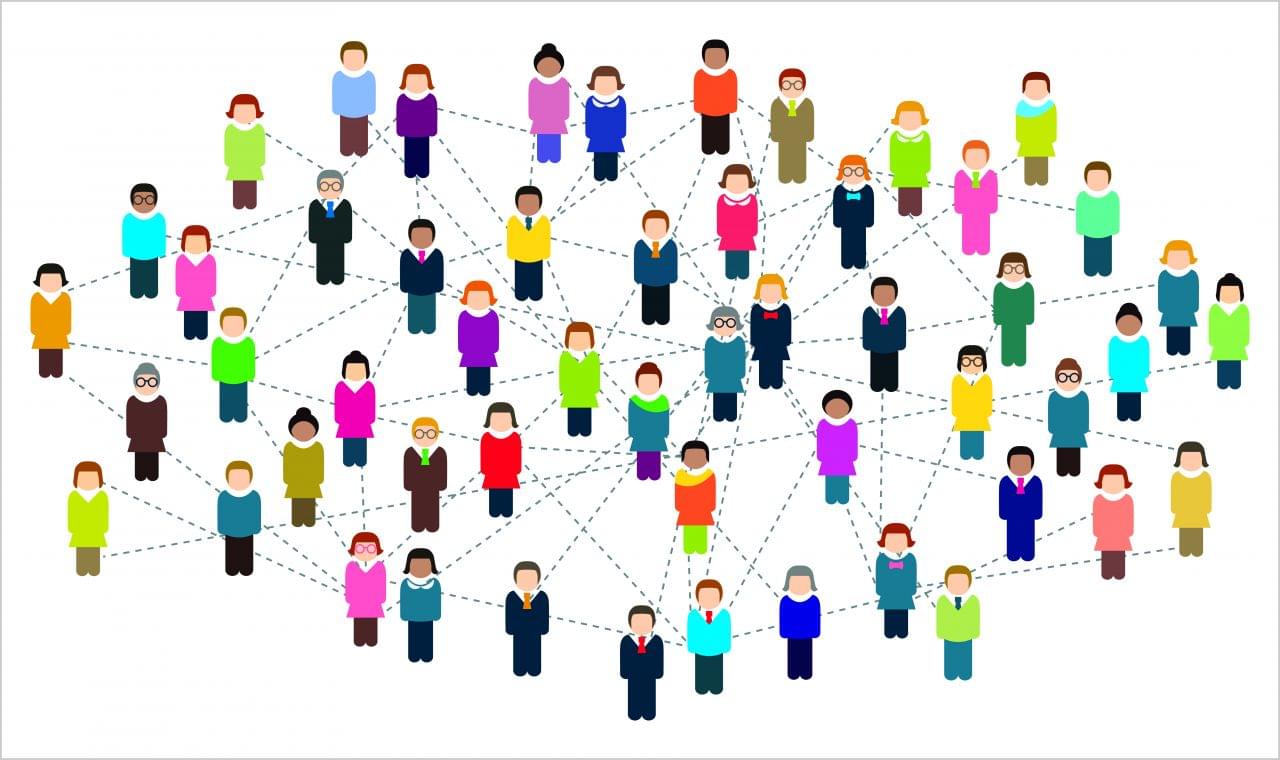

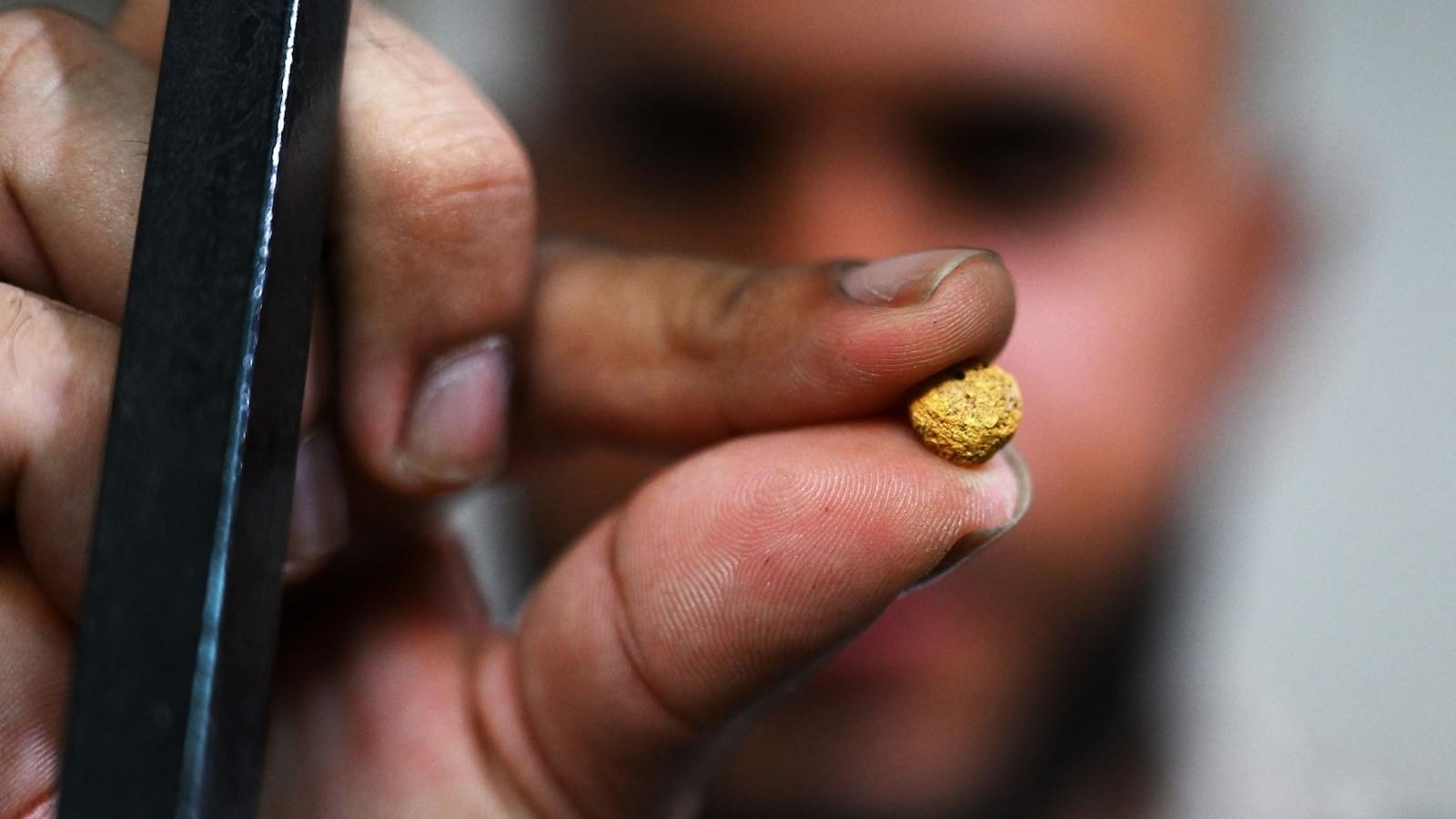
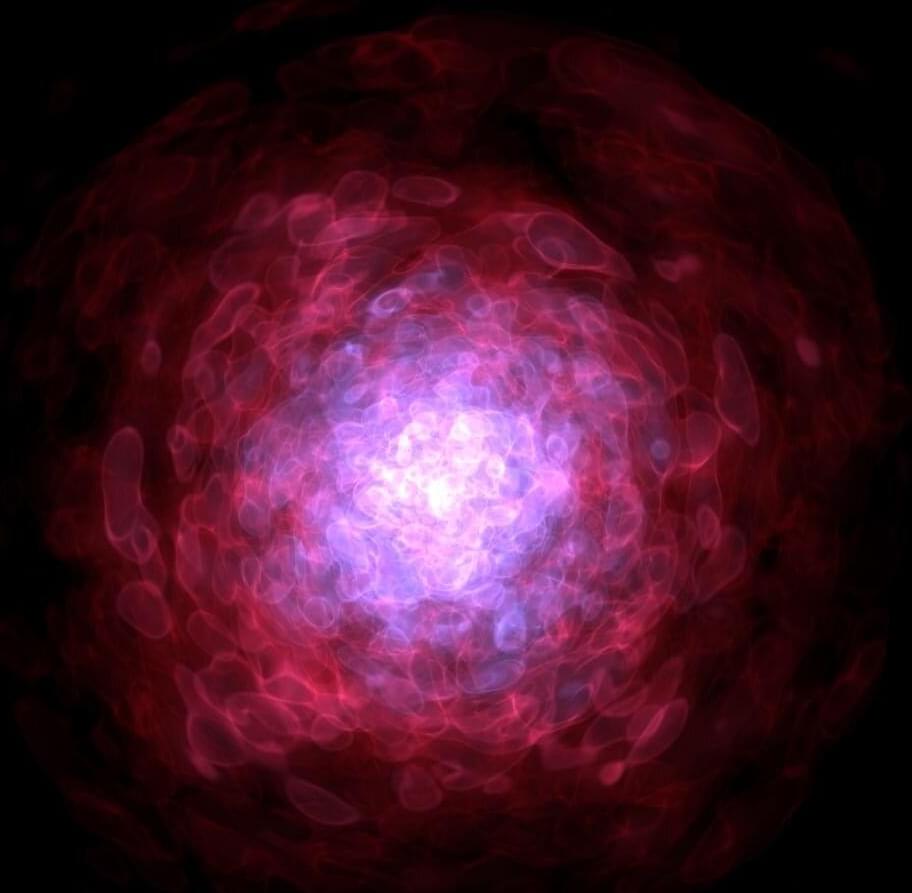
In a new study published in Physical Review Letters, scientists have estimated a new lower bound on the mass of ultra-lightweight bosonic dark matter particles.
Purported to make up about 85% of the matter content in the universe, dark matter has eluded direct observation. Its existence is only inferred by its gravitational effects on cosmic structures.
Because of this, scientists have been unable to identify the nature of dark matter and, therefore, its mass. According to our current model of quantum mechanics, all fundamental particles must be either fermions or bosons.
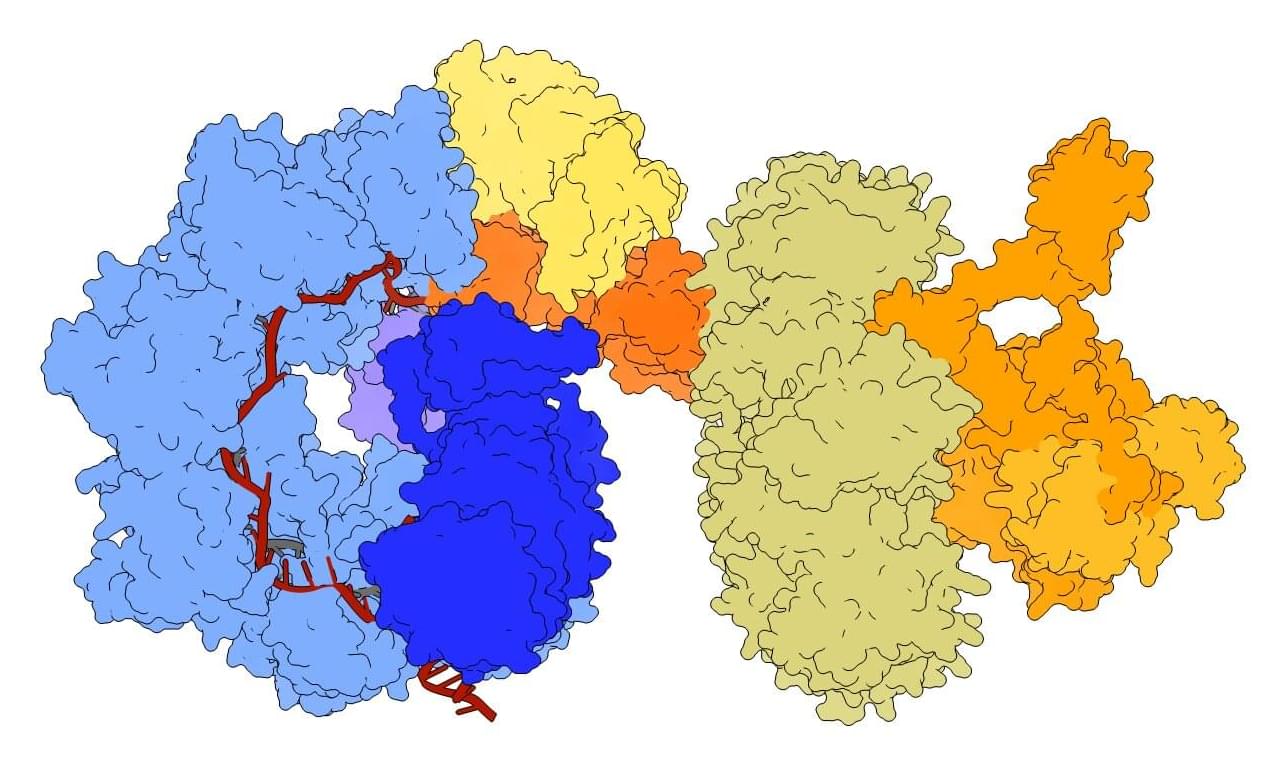
Ask scientists which gene-editing tool is most needed to advance gene therapy, and they’d probably describe a system that’s now close to realization in the labs of Samuel Sternberg at Columbia University Vagelos College of Physicians and Surgeons and David Liu at the Broad Institute of MIT and Harvard.
The gene editor—called evoCAST—goes a long way toward solving a problem that has confounded the development of gene therapies from the field’s beginnings: How to add long stretches of DNA to defined locations in the human genome without creating unwanted modifications.
The latest iteration of the editor, which utilizes complex enzymes found in bacteria, can be programmed to insert an entire gene—or multiple genes—into a specific location in the human genome with an efficiency suitable for gene therapy. Details of the editor are described in a paper published in Science.
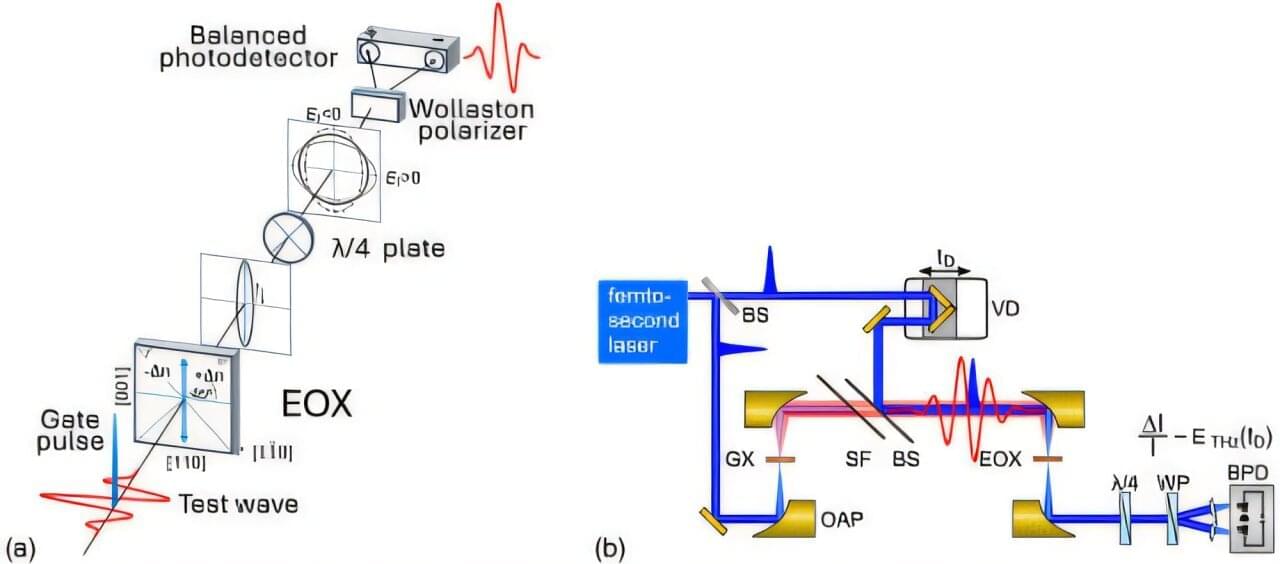
Konstantin Vodopyanov, a professor at the College of Sciences and CREOL, the College of Optics and Photonics, recently co-authored a study published in the journal Optica. This research examines electro-optic sampling (EOS), a technique that advances fields such as quantum physics, molecular spectroscopy and biomedical sensing.
As a professor at the two colleges, Vodopyanov shows how working across different fields can lead to new ideas. The Optica Fellow’s research, which combines interdisciplinary work, is shaping the future of quantum physics and other areas of science.
His new study explores how EOS transmits ultrashort laser pulses through crystals that change in response to an applied electric field. This technique allows researchers to accurately capture the shape and timing of electric fields across a broad range of frequencies.
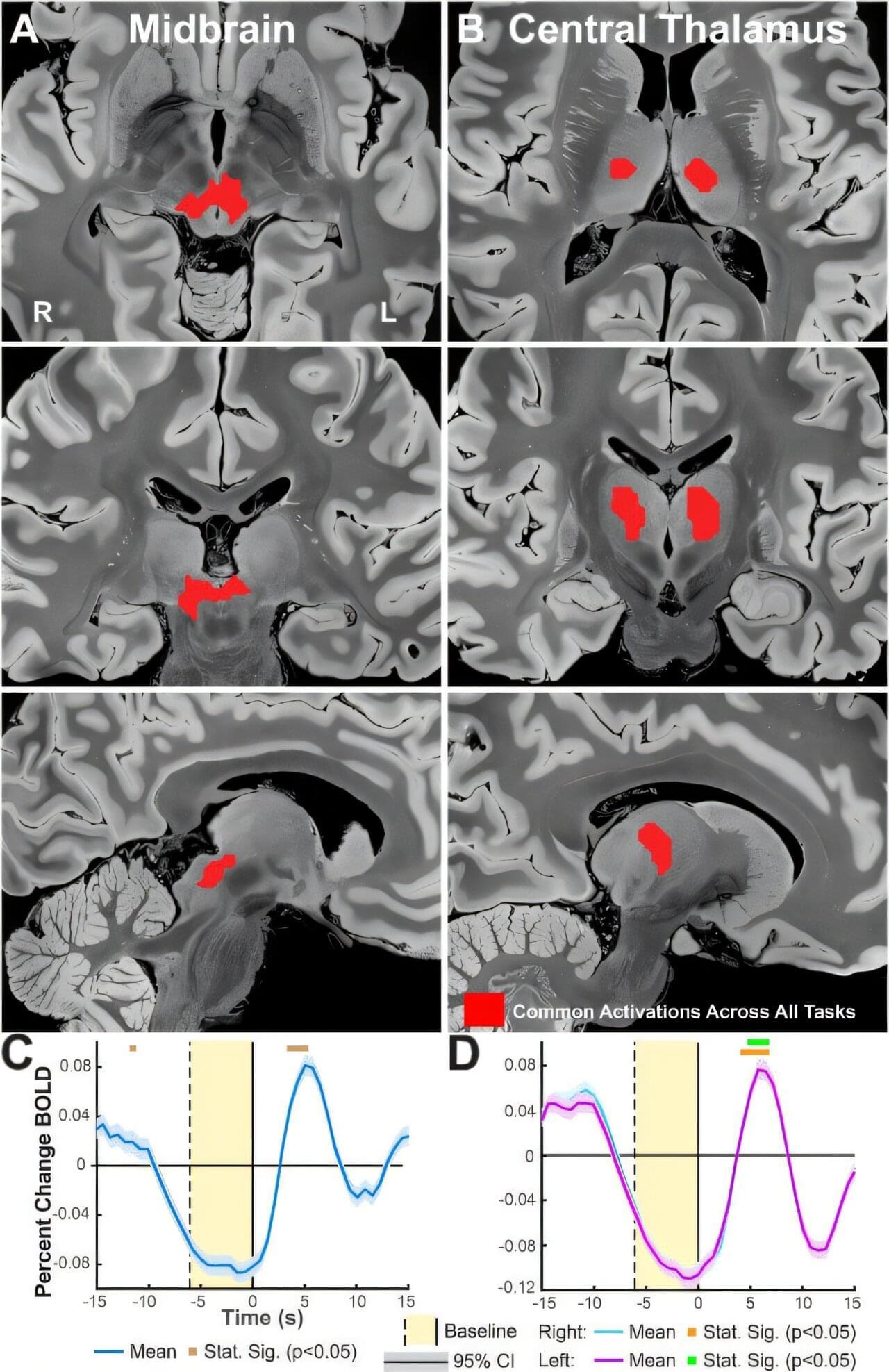
A Yale-led study shows that the senses stimulate a region of the brain that controls consciousness—a finding that might inform treatment for disorders related to attention, arousal, and more.
Humans perceive and navigate the world around us with the help of our five senses: sight, hearing, touch, taste and smell. And while scientists have long known that these different senses activate different parts of the brain, a new Yale-led study indicates that multiple senses all stimulate a critical region deep in the brain that controls consciousness.
The study, published in the journal NeuroImage, sheds new light on how sensory perception works in the brain and may fuel the development of therapies to treat disorders involving attention, arousal, and consciousness.
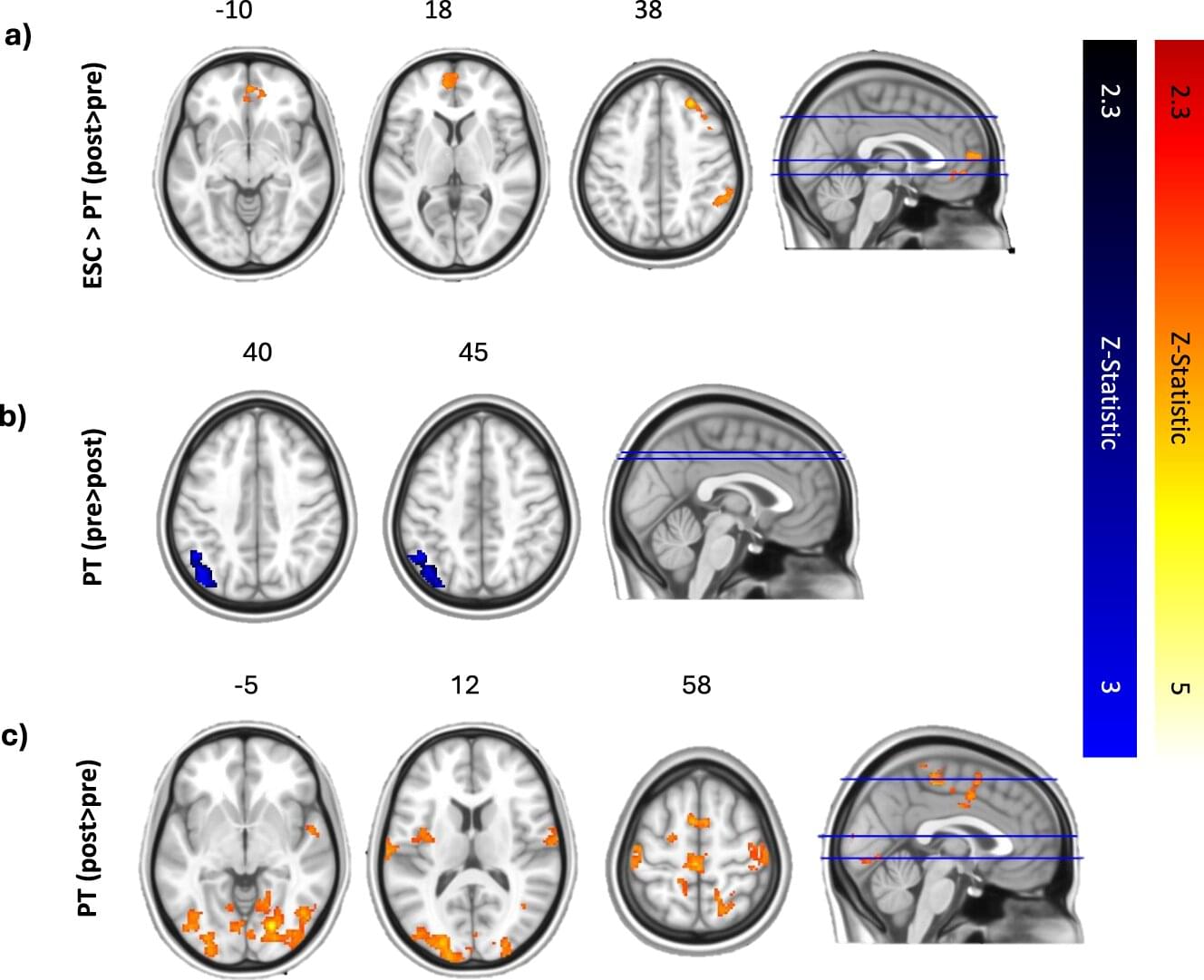
Depression is among the most widespread mental health disorders worldwide, typically characterized by persistent feelings of sadness, a lack of interest in daily activities and dysregulated sleep and/or eating habits. There are now a wide range of pharmacological treatments for depression, including selective serotonin reuptake inhibitors (SSRIs), serotonin-norepinephrine reuptake inhibitors (SNRIs), tricyclic antidepressants and atypical antidepressants.
In recent years, some research groups have been exploring the potential of alternative treatments for depression that rely on psychedelic compounds, such as psilocybin. Psilocybin is a compound naturally found in more than 100 species of mushrooms, which can influence the mood and perceptions of those who ingest it.
Researchers at Imperial College London’s Center for Psychedelic Research recently carried out a study aimed at better understanding the effects of psilocybin treatment on the processing of music and the experience of emotions, comparing them to those of escitalopram, a widely used SSRI.
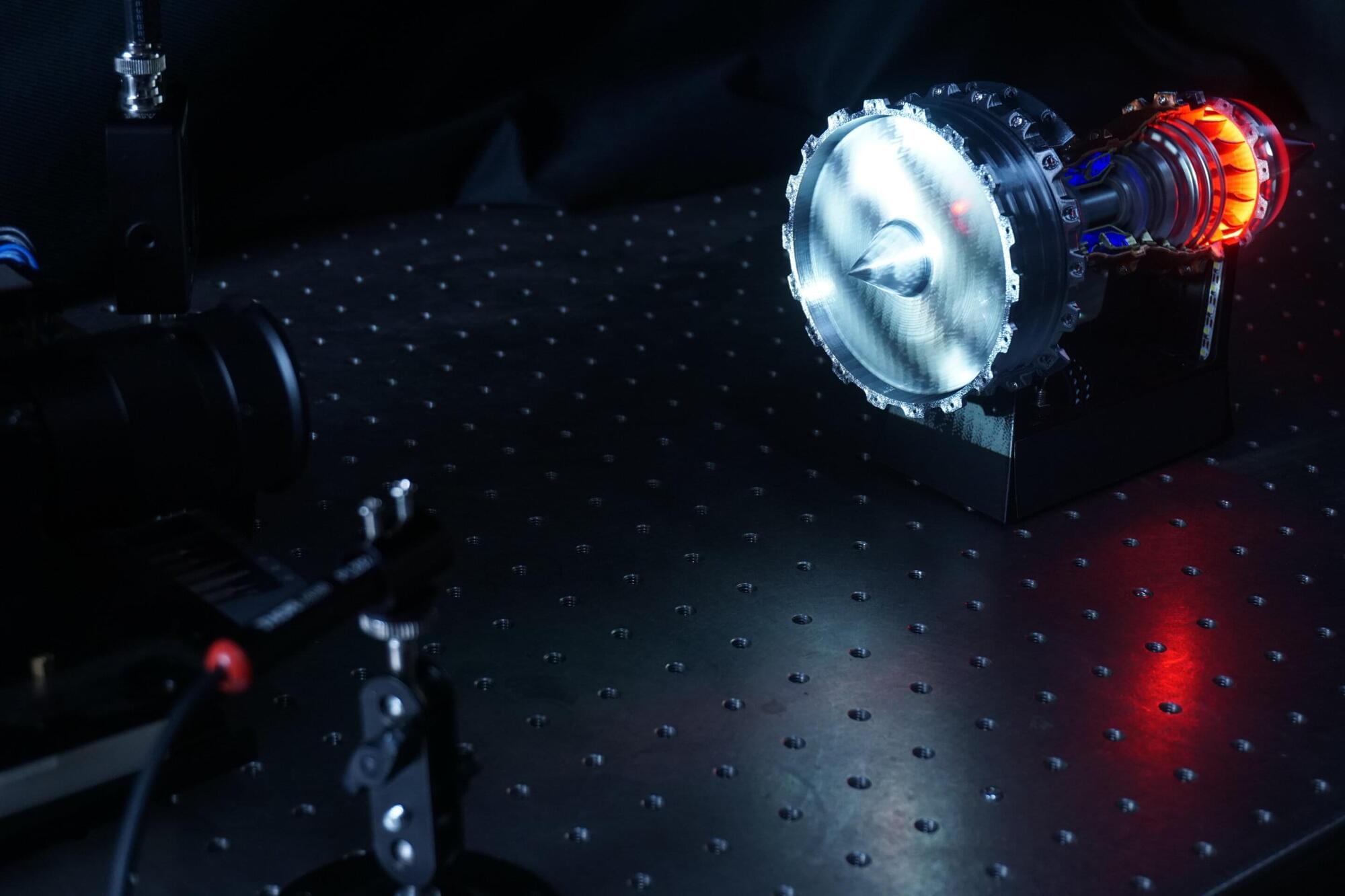
Researchers have developed a real-time imaging system that can capture images of fast-spinning objects over long durations. Real-time monitoring of rotating parts such as the turbine blades used in power plants or the fan blades of jet engines is critical for detecting early signs of damage—such as wear or cracks—helping prevent serious failures and reducing maintenance needs.
“Capturing clear images of fast-spinning objects is challenging because they tend to blur or look grainy,” said research team member Zibang Zhang from Jinan University in China. “Although high-speed cameras can help, they’re expensive and can’t be used for long periods. Our method overcomes this challenge by virtually freezing time by exploiting the repetitiveness of the object’s motion.”
In the journal Optics Letters, the researchers describe their new imaging system, which is based on a single-pixel detector. They show that it can capture images of an object spinning at around 14,700 rounds per minute (rpm).
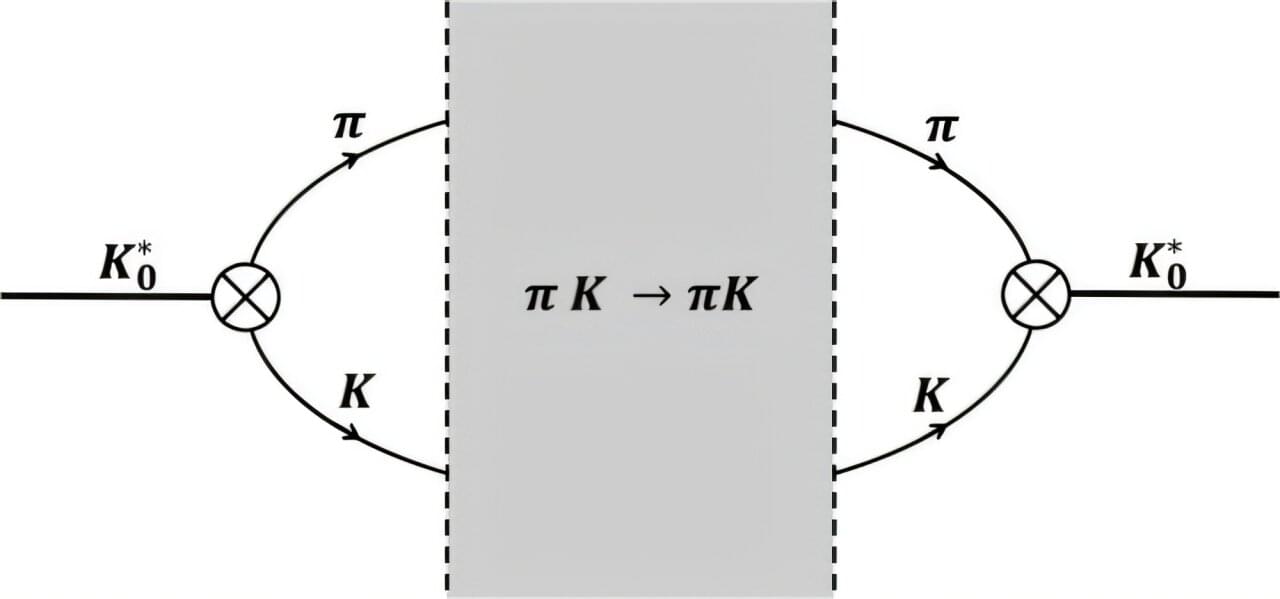
A new study published in Physical Review D titled, “Extending the Bridge Connecting Chiral Lagrangians and QCD Gaussian Sum-Rules for Low-Energy Hadronic Physics,” offers significant advancements in the understanding of the strong nuclear force. This fundamental interaction is responsible for holding protons and neutrons together within atomic nuclei and plays a central role in the formation of matter.
Dr. Amir Fariborz, Professor of Physics at SUNY Polytechnic Institute, has co-authored the research, which builds on a theoretical bridge first proposed by Dr. Fariborz and his collaborators in 2016, which connects the complex world of hadrons (composite particles such as protons, neutrons, and mesons) with their underlying quark structure.
The current work enhances this framework by incorporating higher-order effects, which allow for more refined predictions and the potential to study more intricate subatomic phenomena. These include scalar and pseudoscalar mesons that possess hybrid quark-gluon structures and may exhibit mixing with glueballs, a type of particle hypothesized to be composed entirely of gluons.
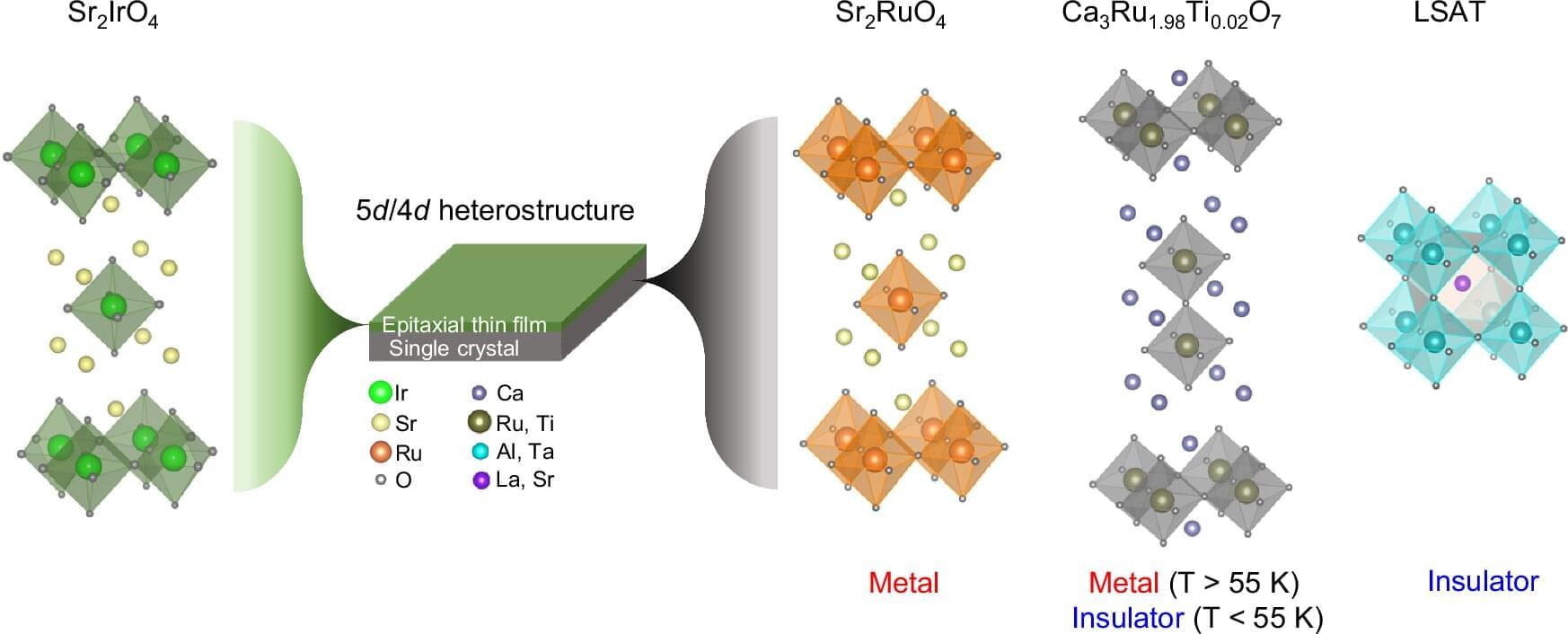
A new study by University of Kentucky researchers is helping change how scientists understand and control magnetic energy—and it could lead to faster, more efficient electronic devices.
Led by Ambrose Seo, Ph.D., a professor in the University of Kentucky Department of Physics and Astronomy in the College of Arts and Sciences, the study was recently published in Nature Communications.
The research focuses on magnons—tiny waves that carry magnetic energy through materials.